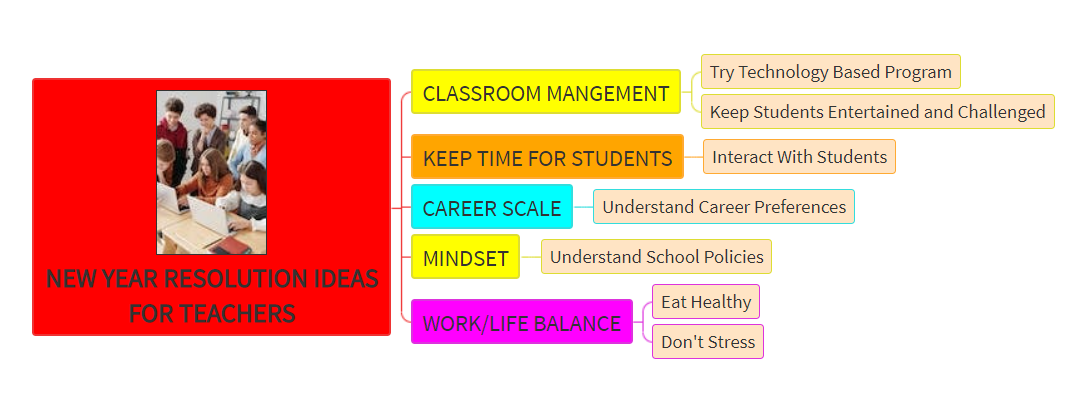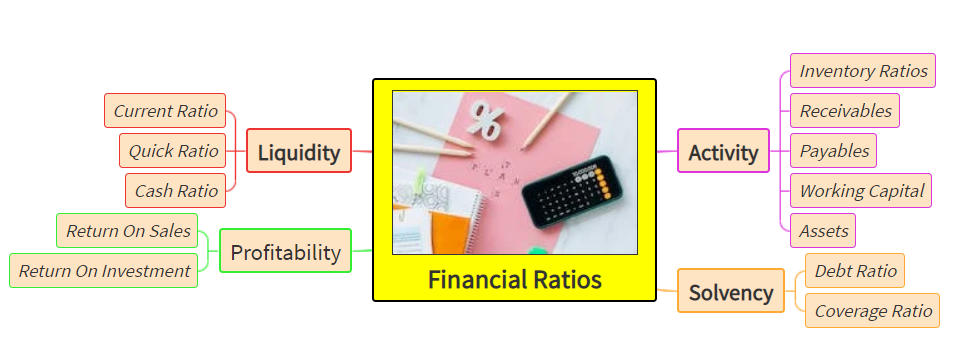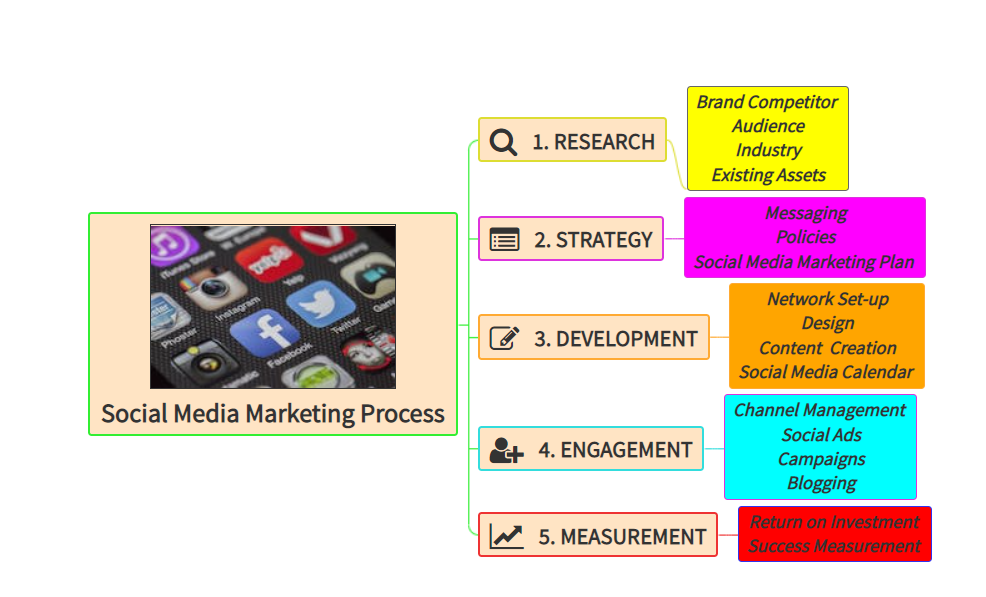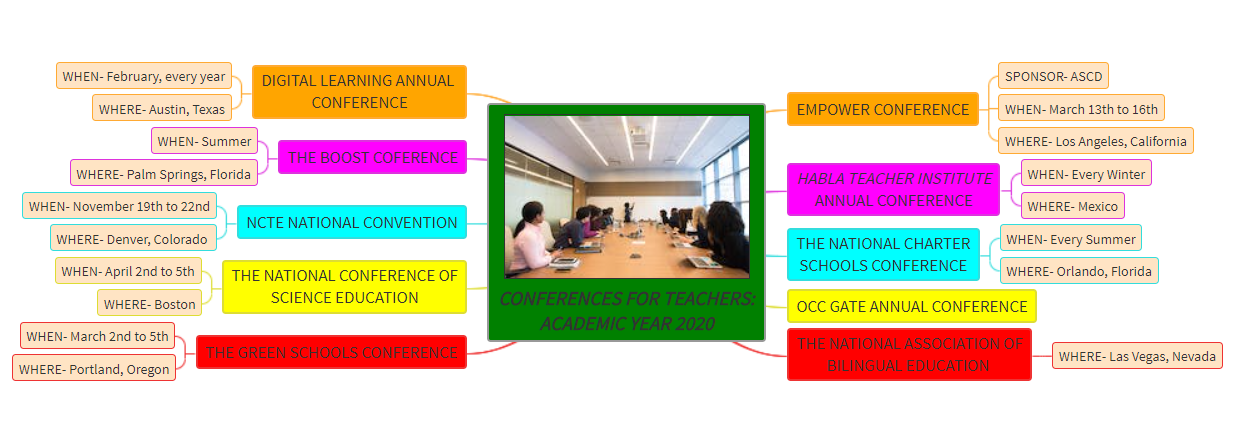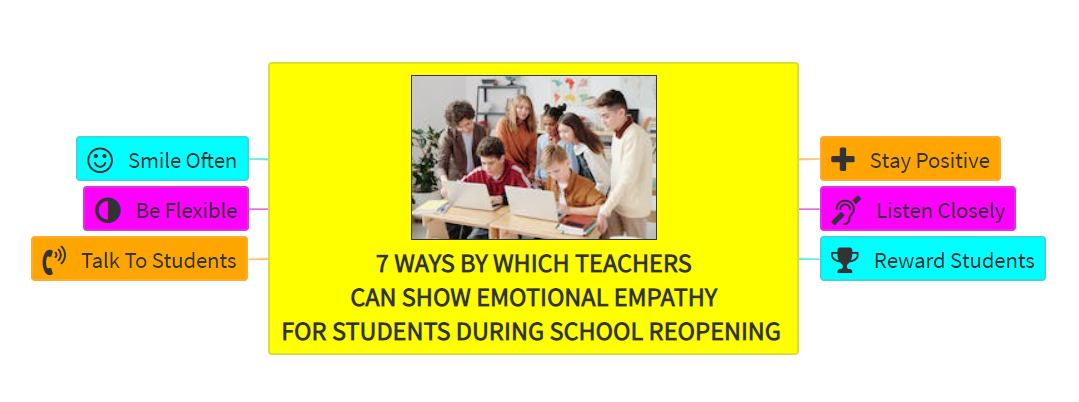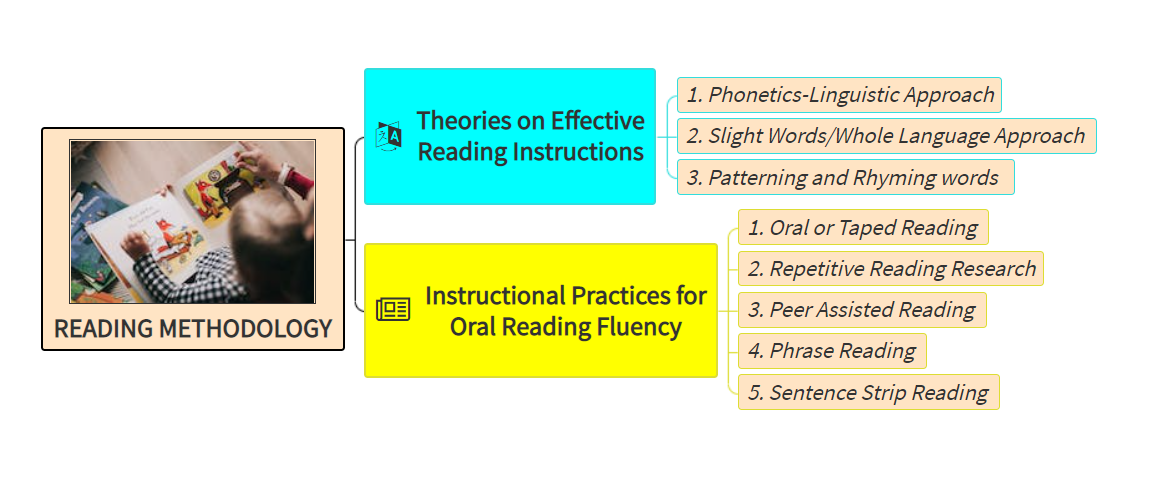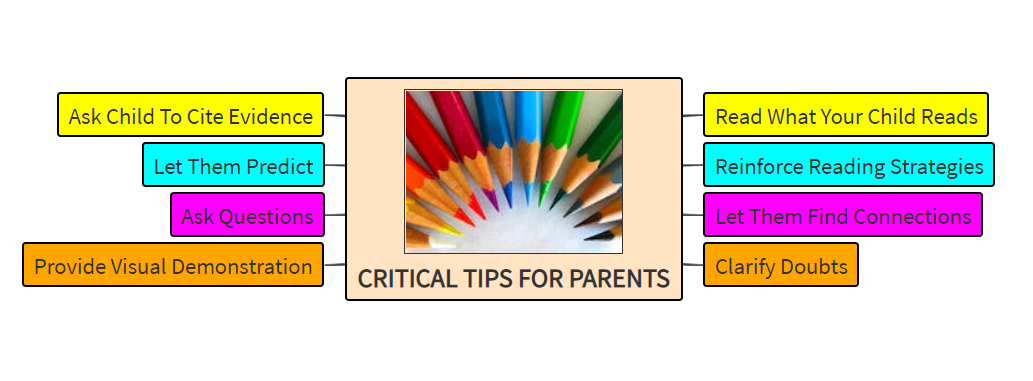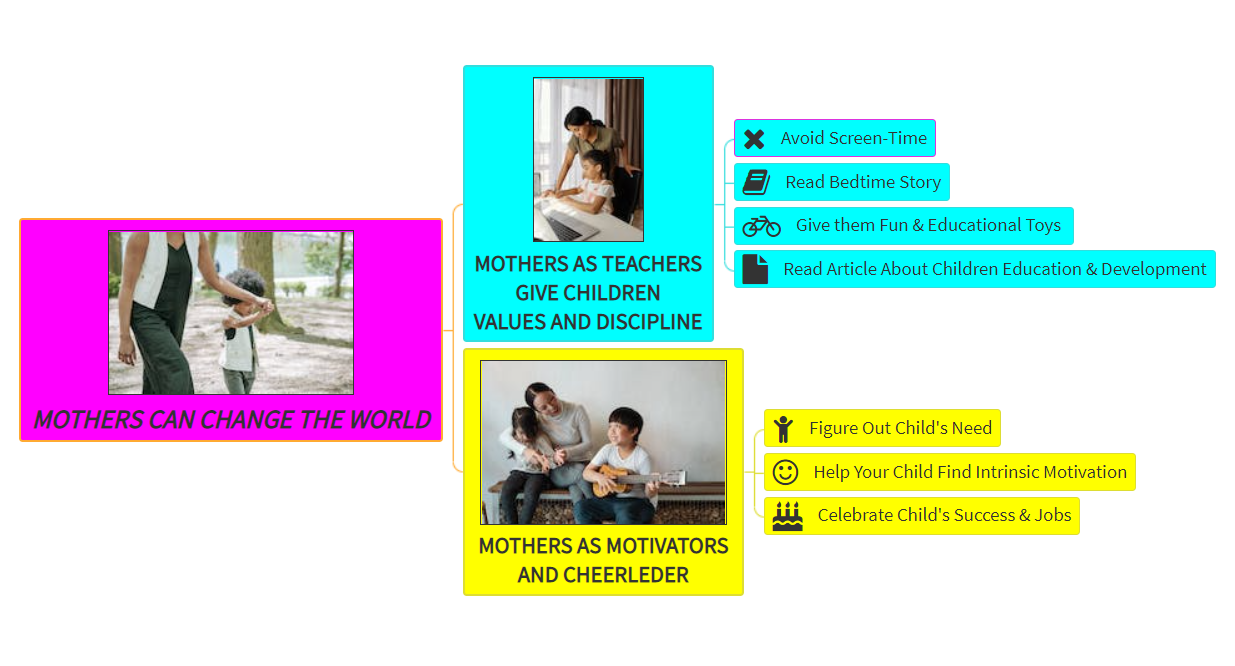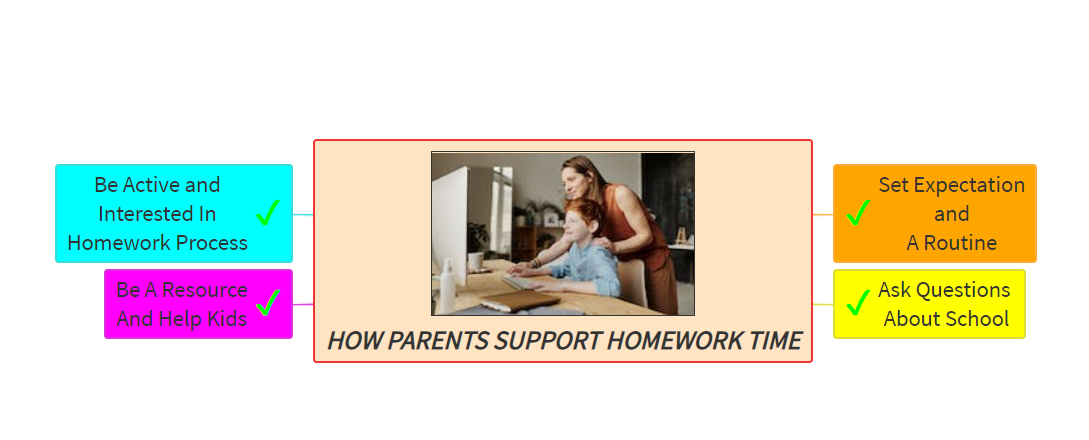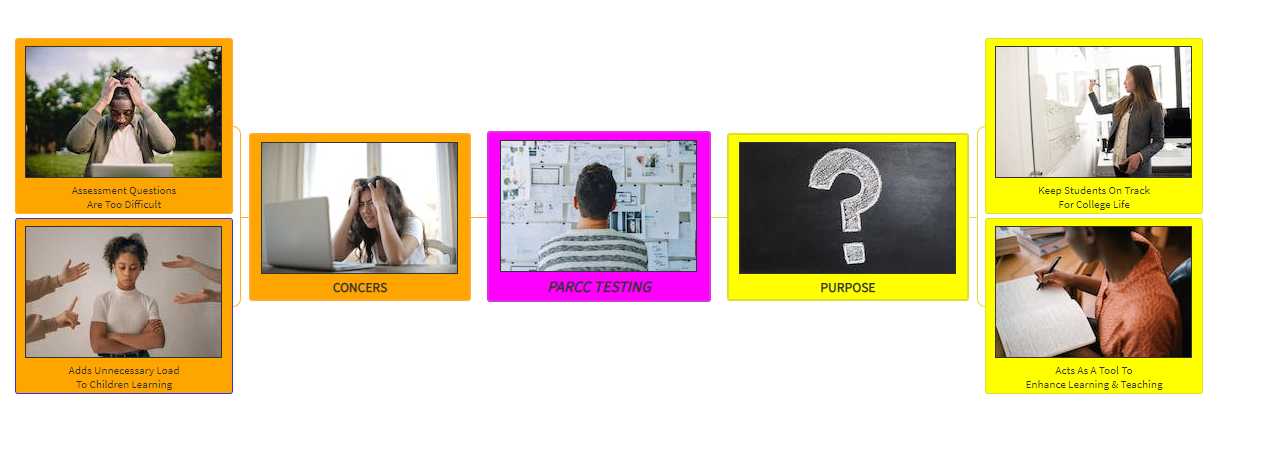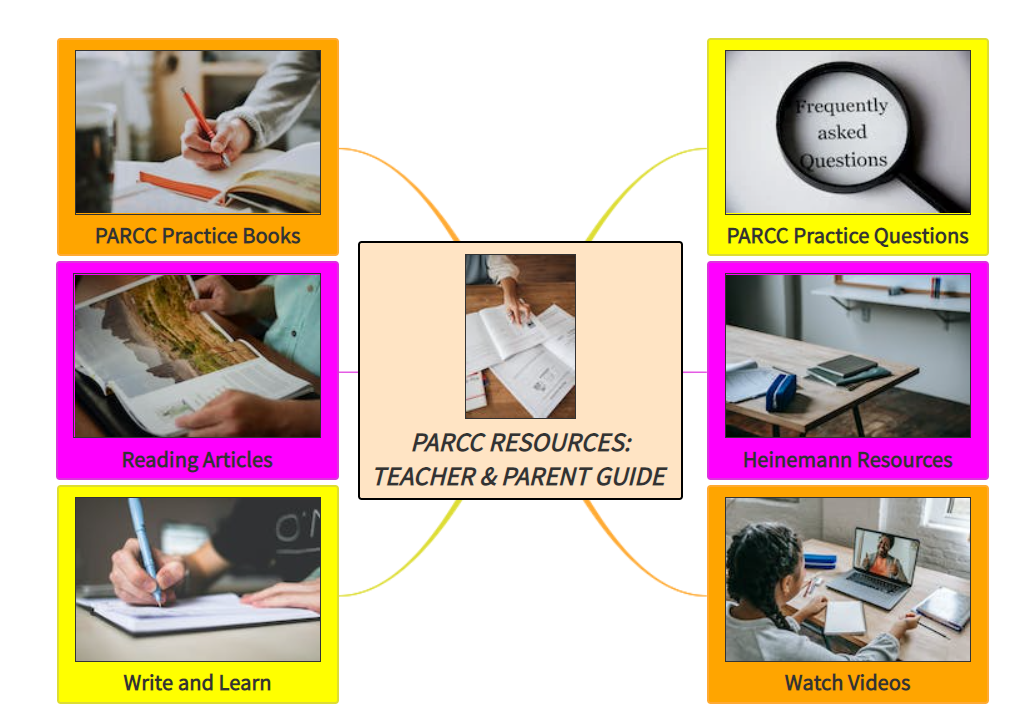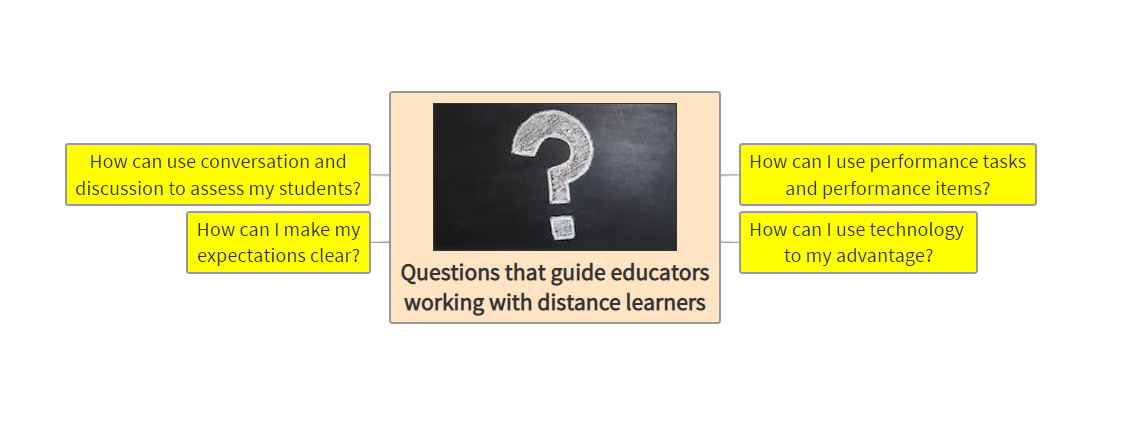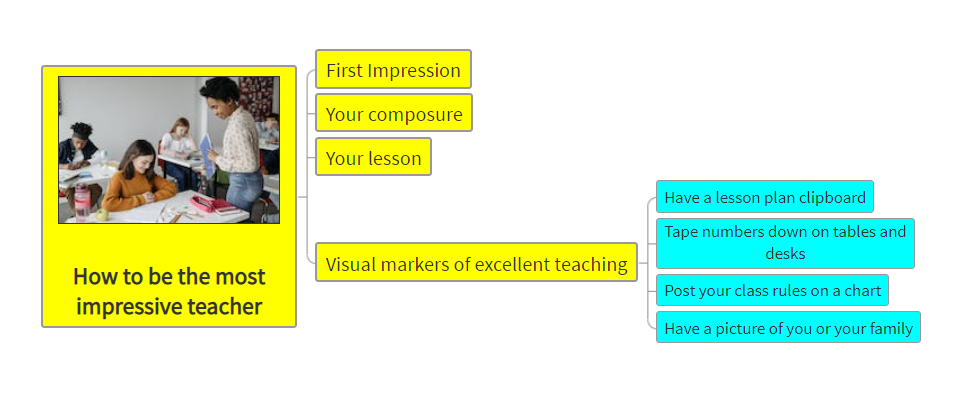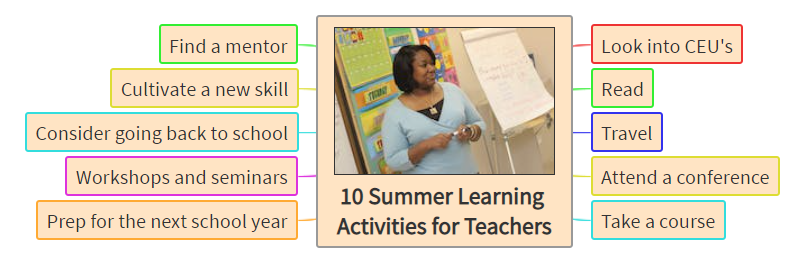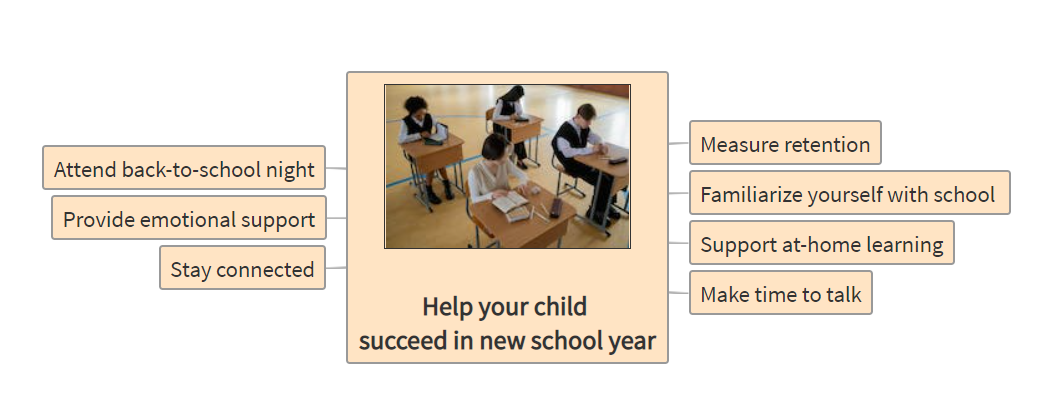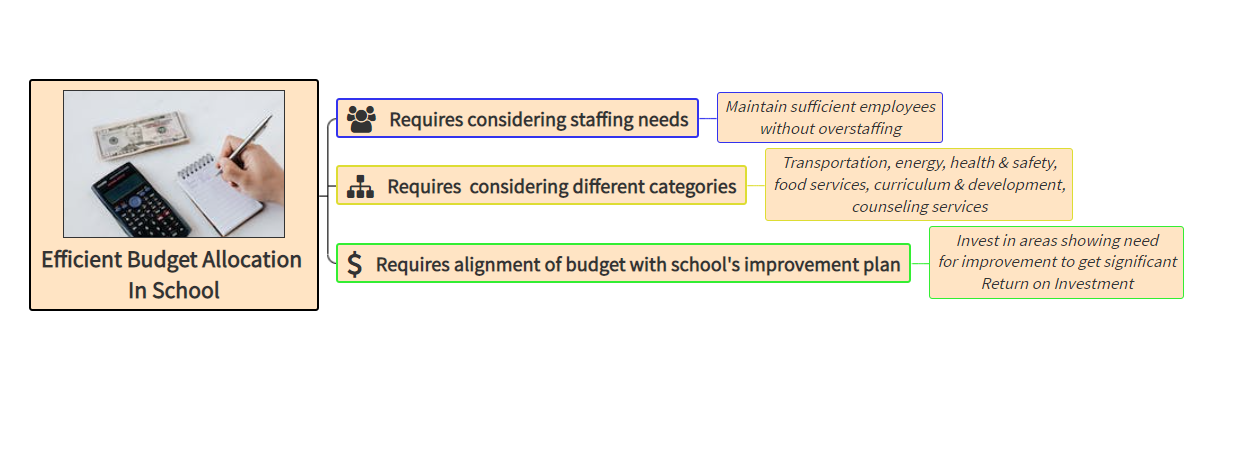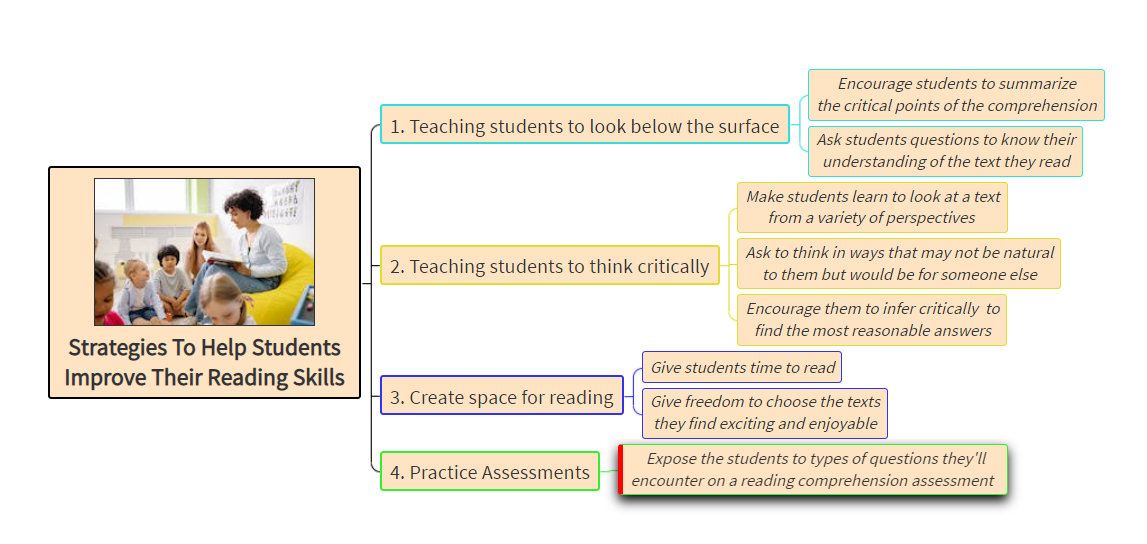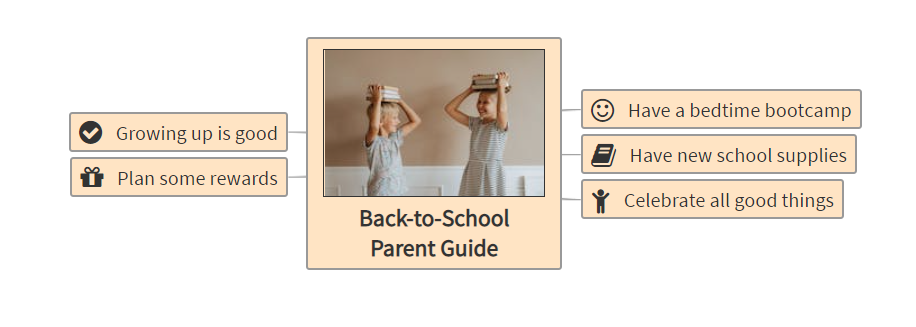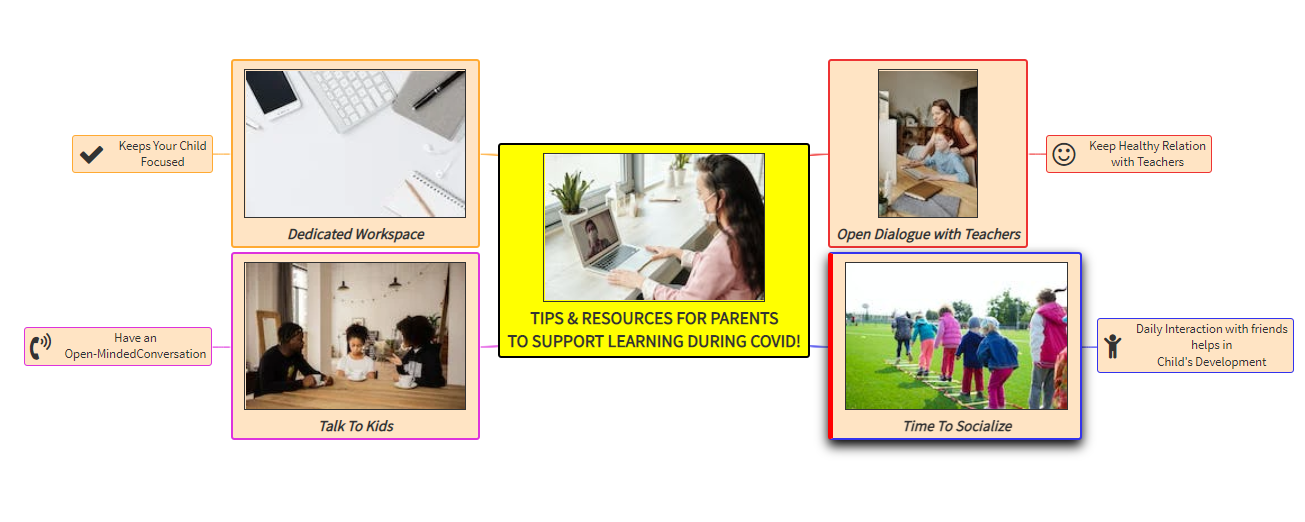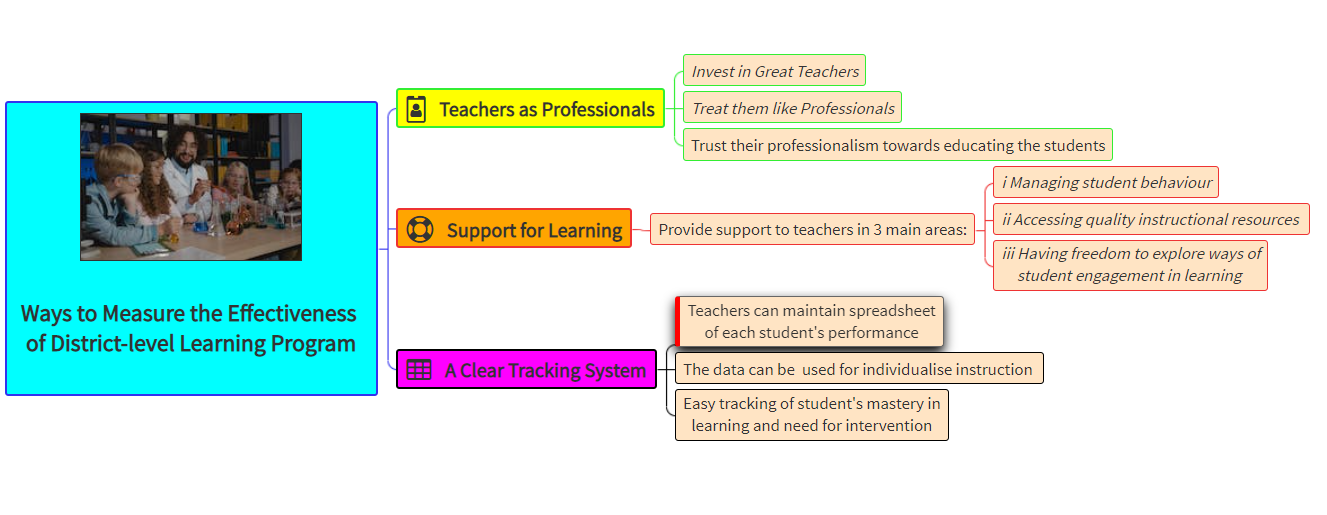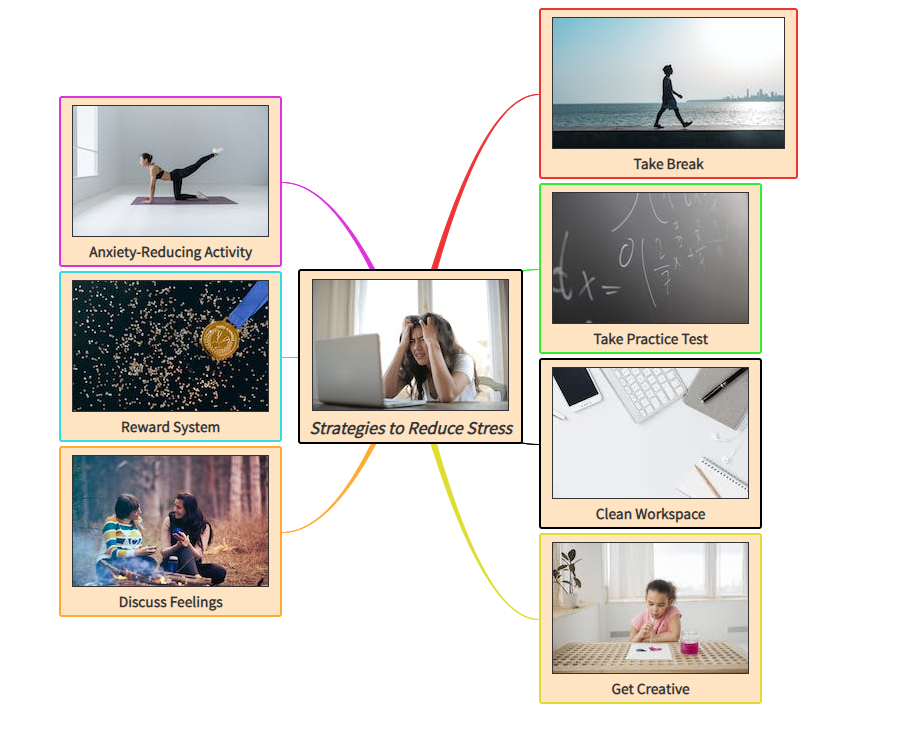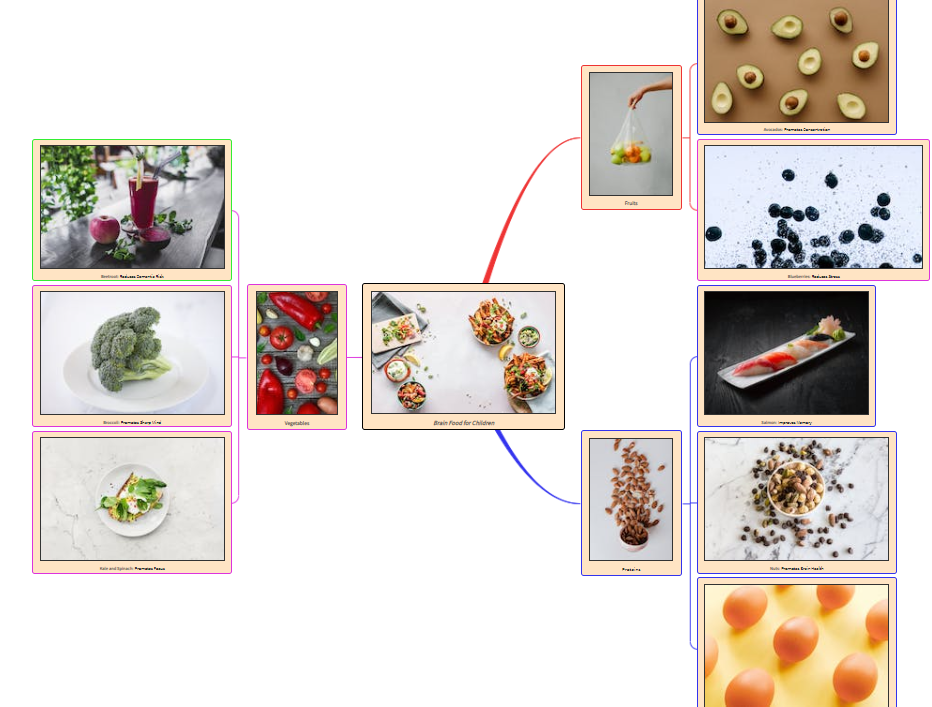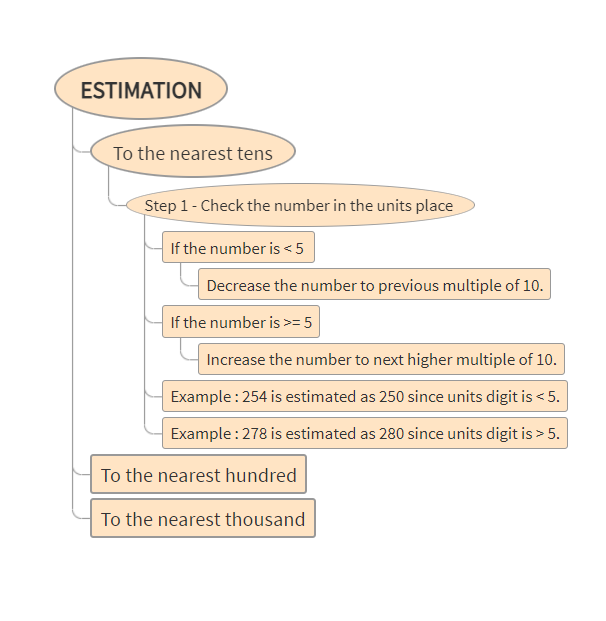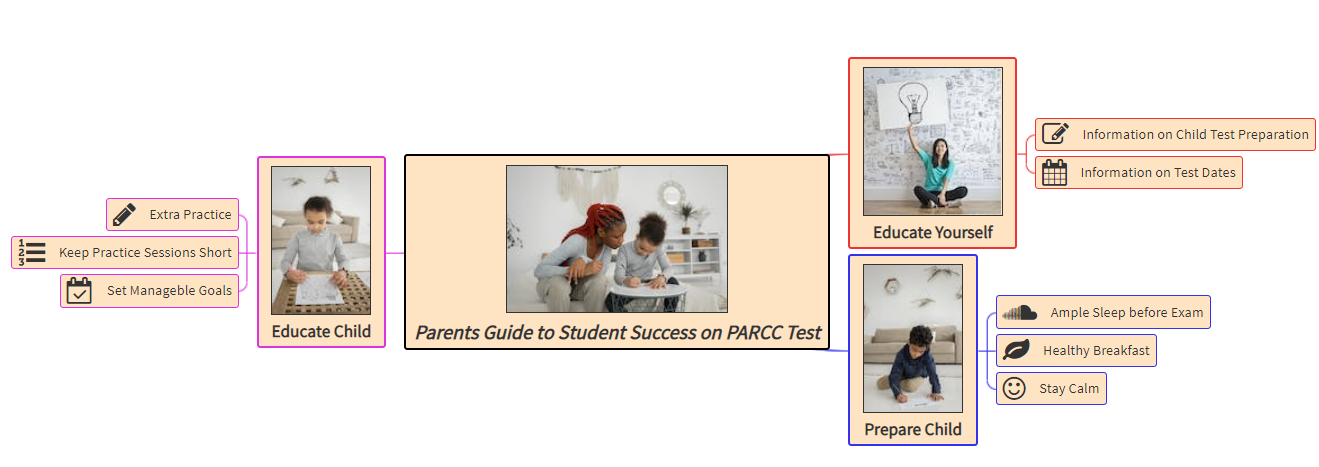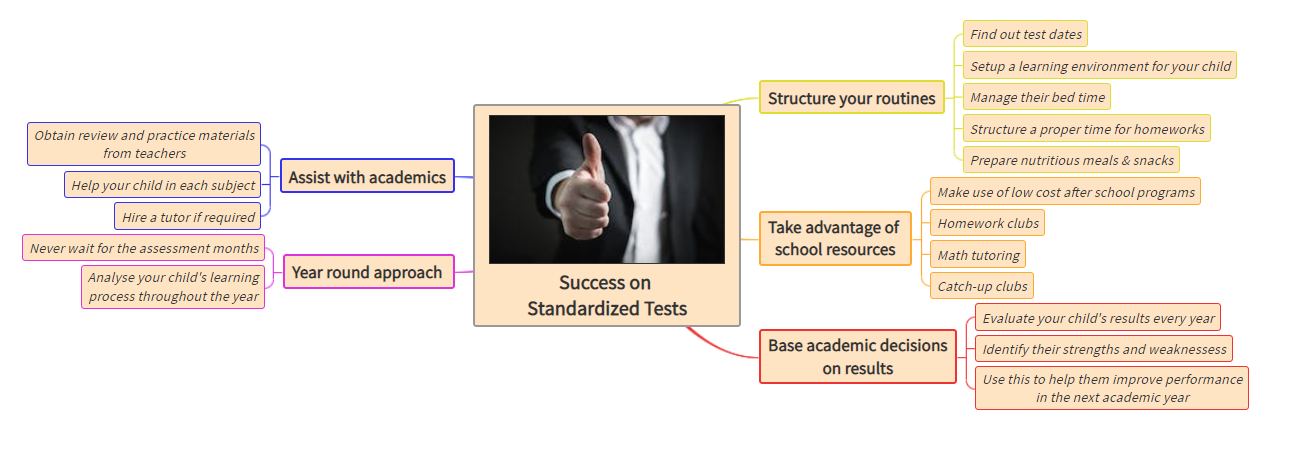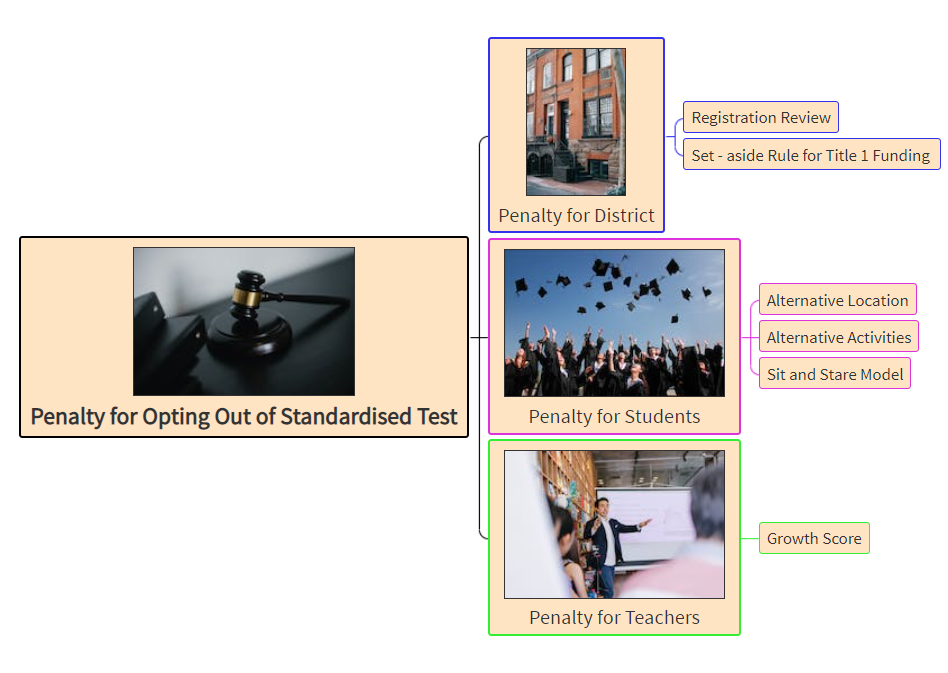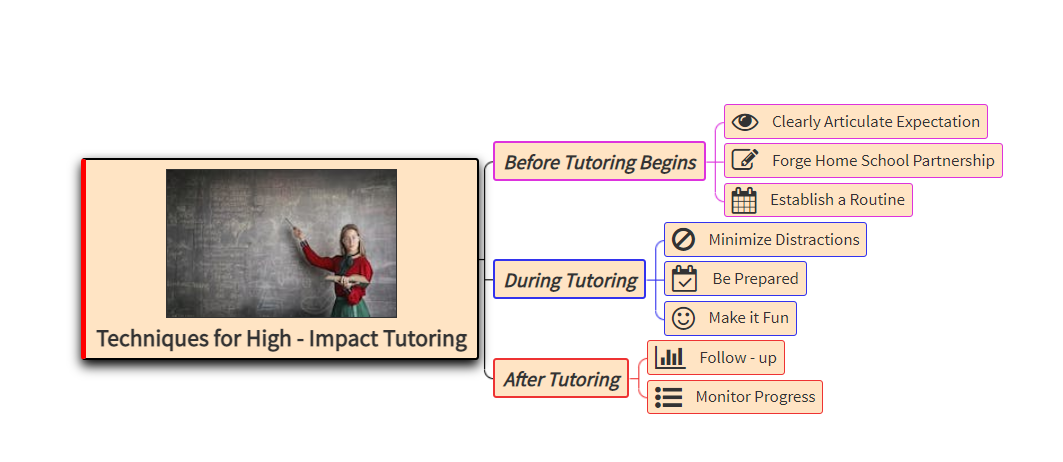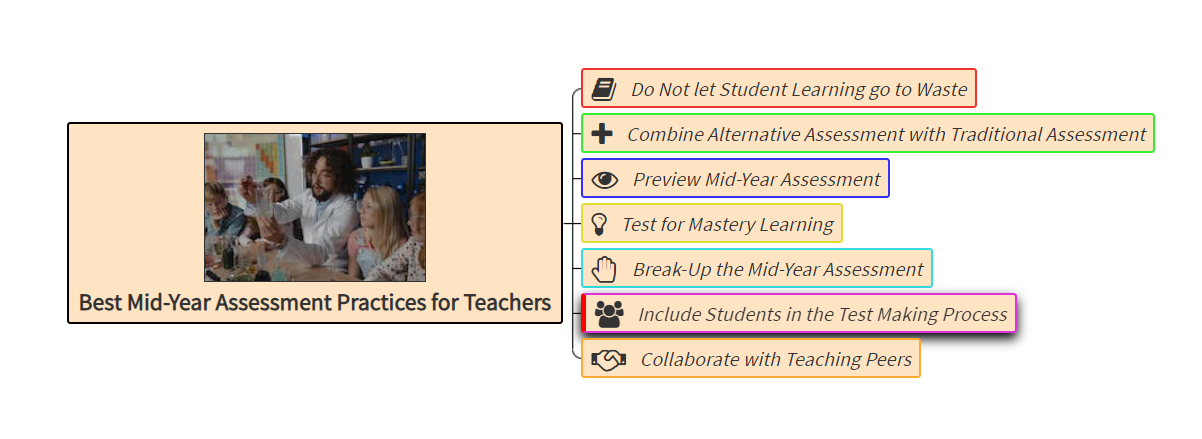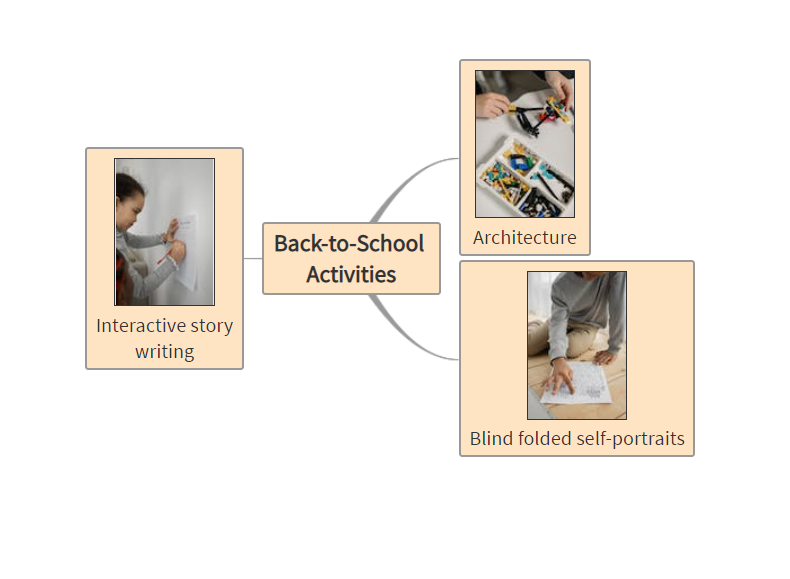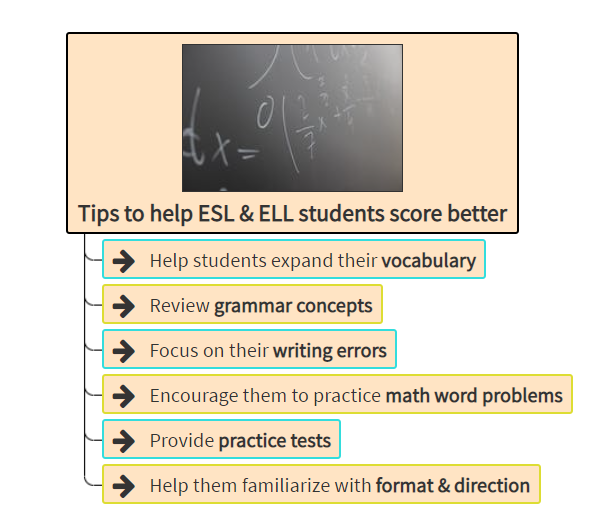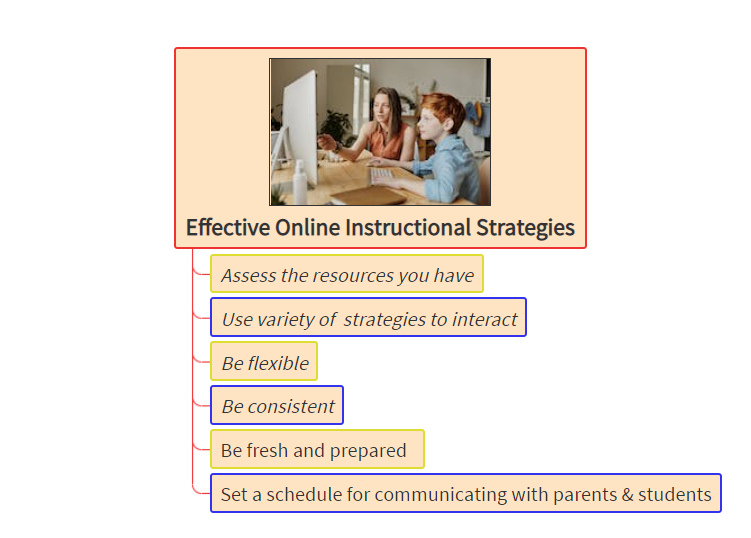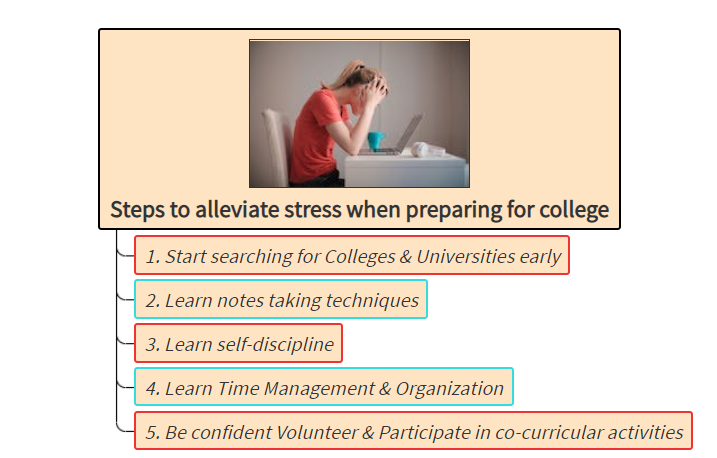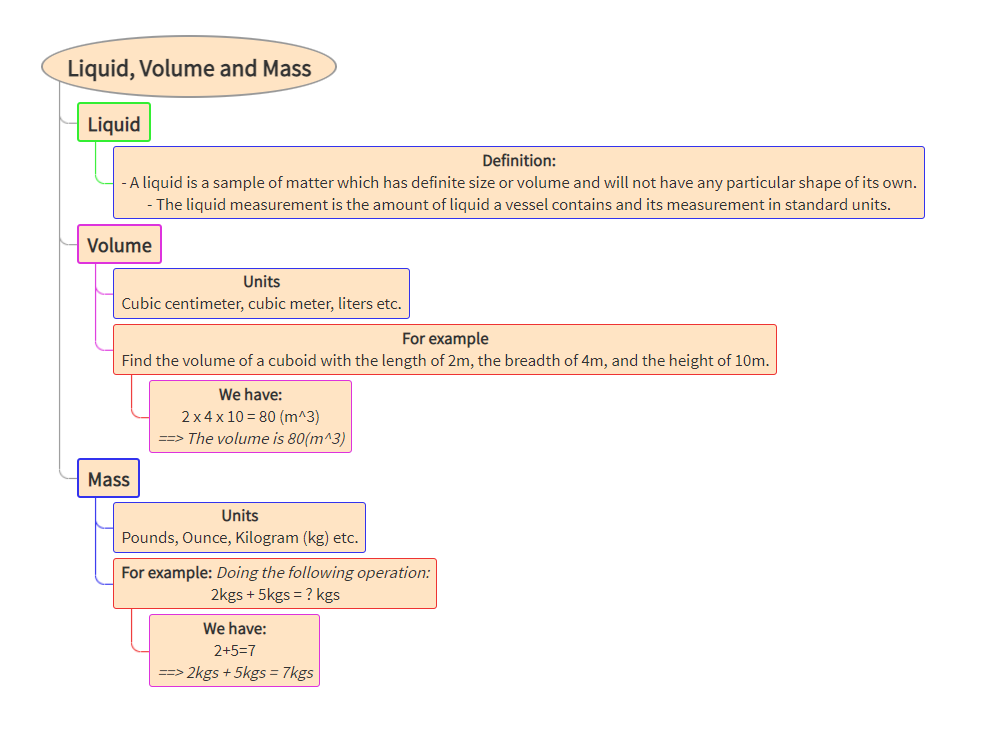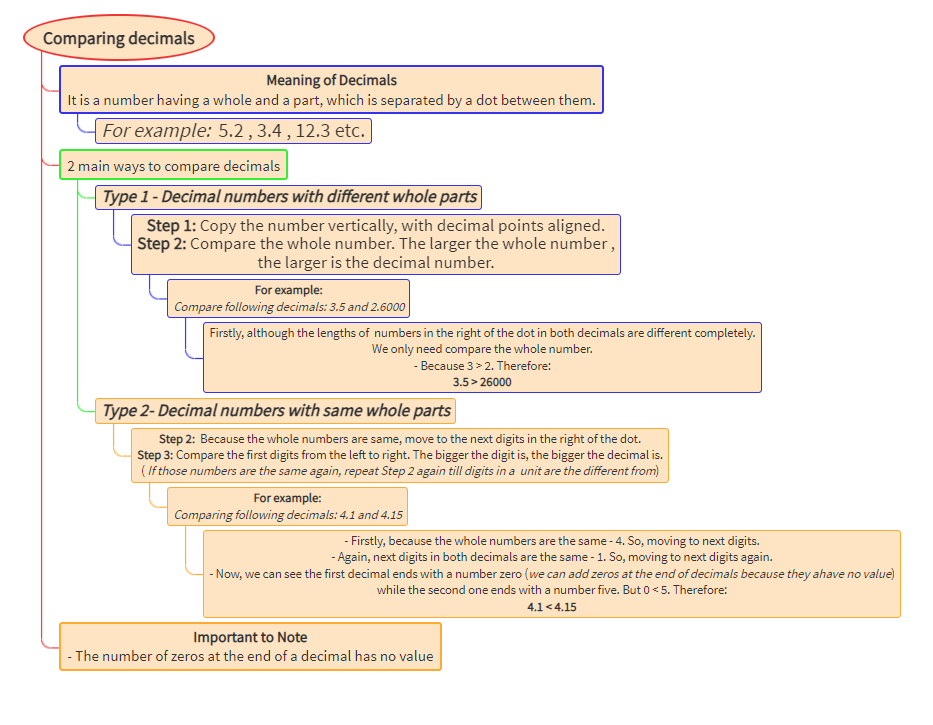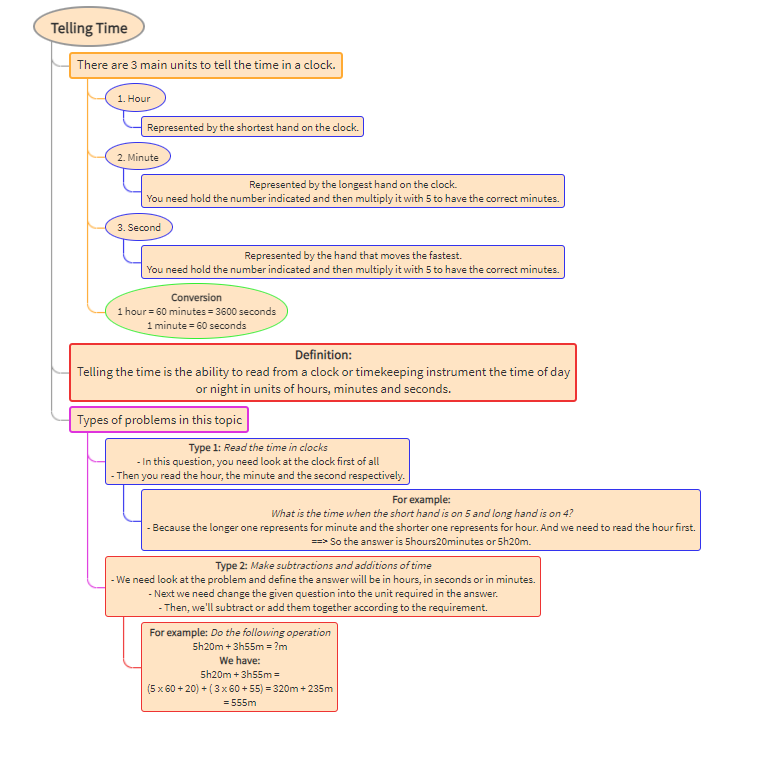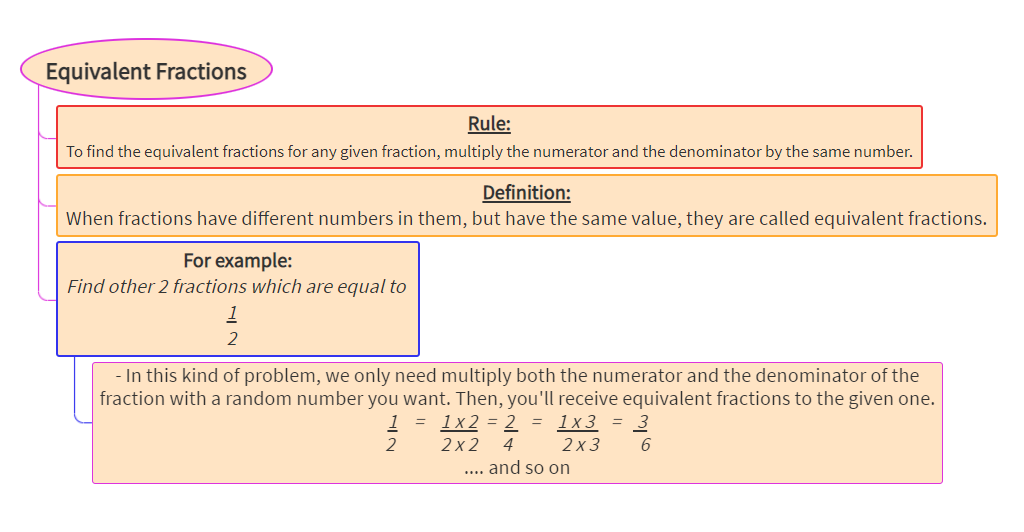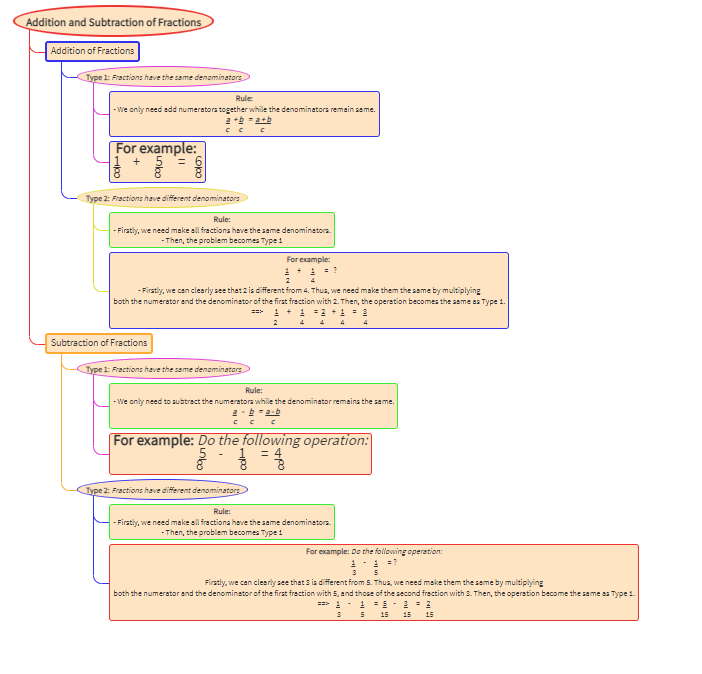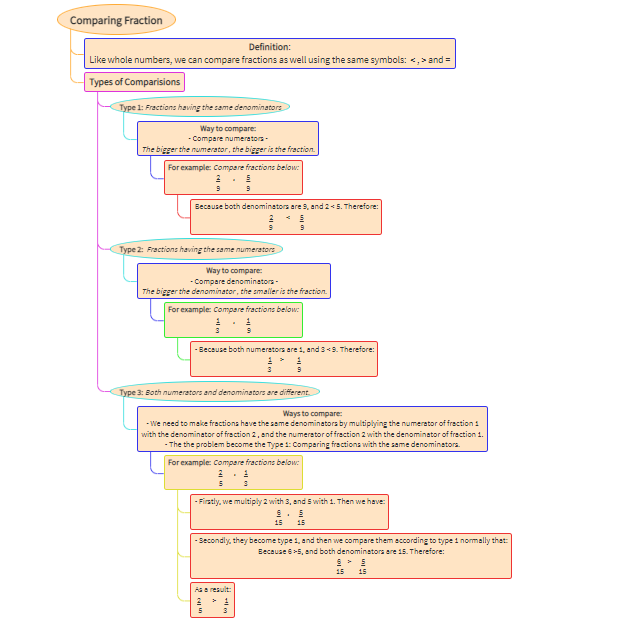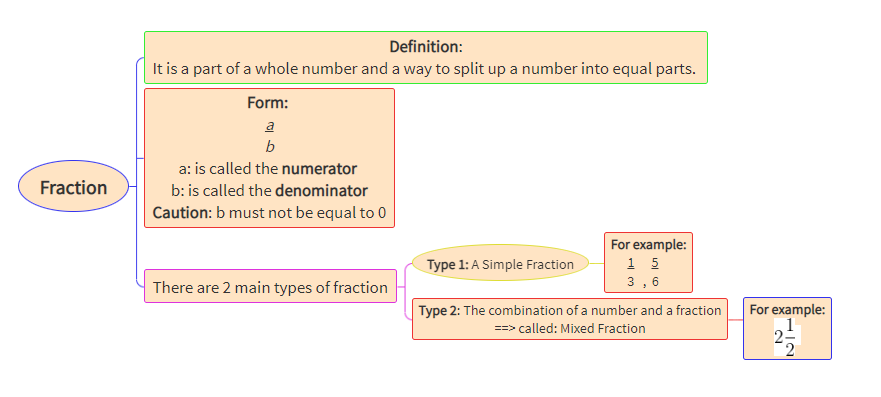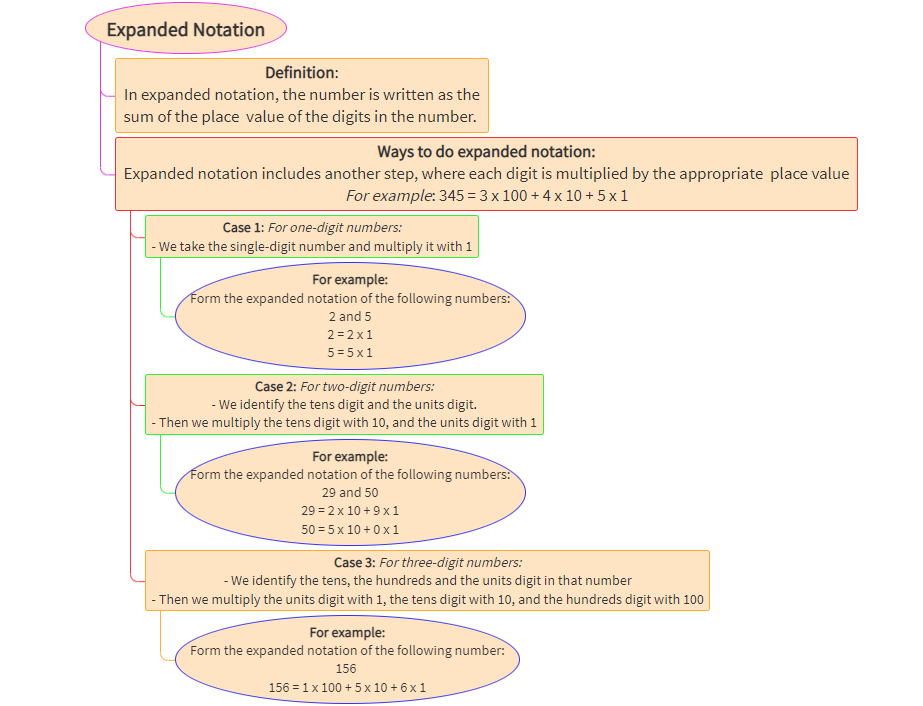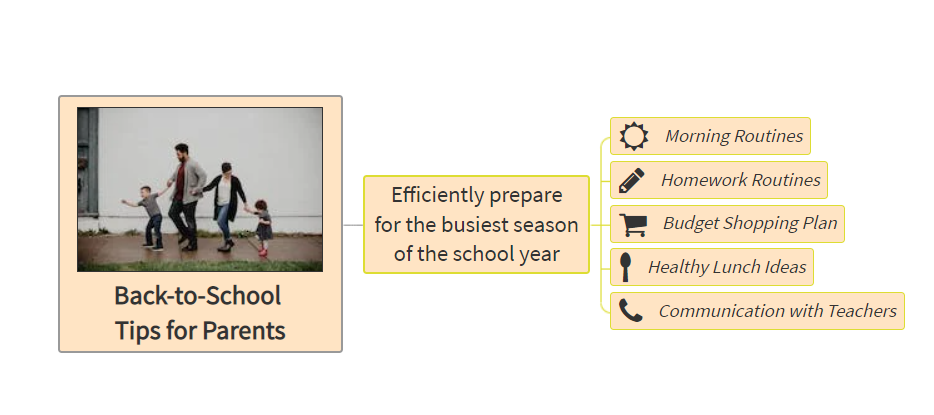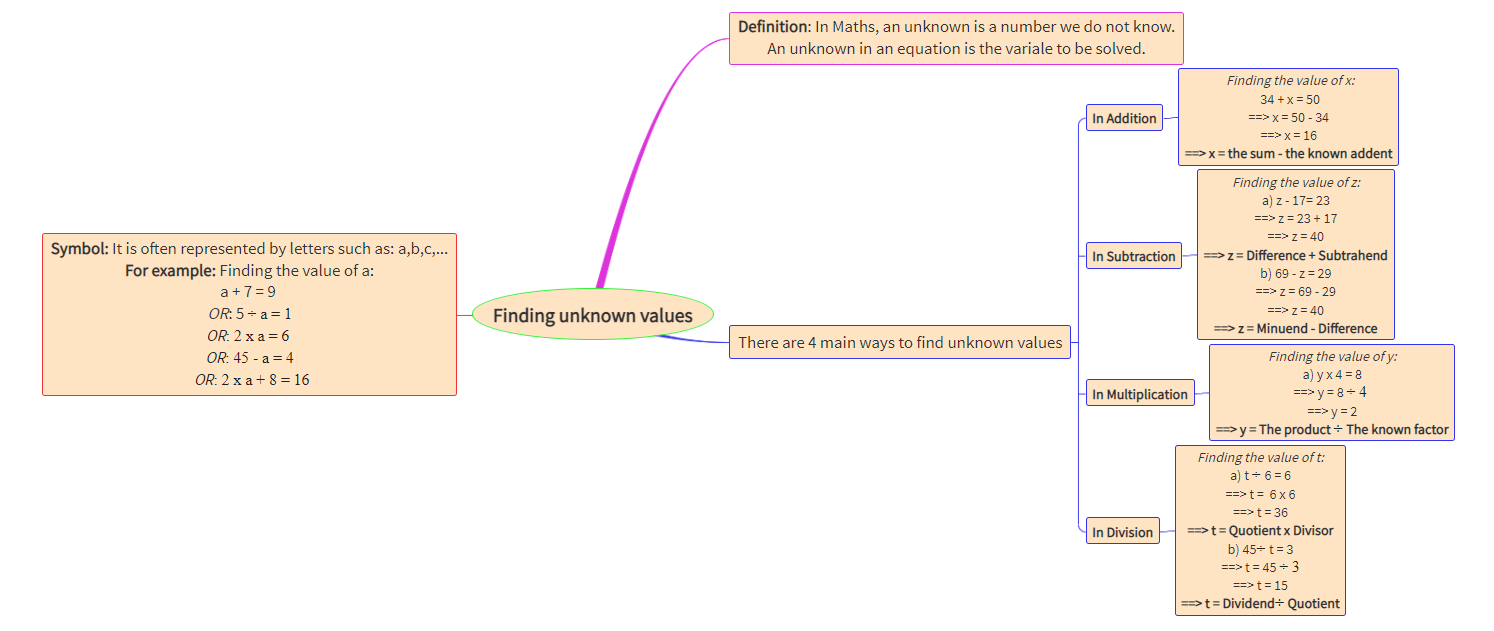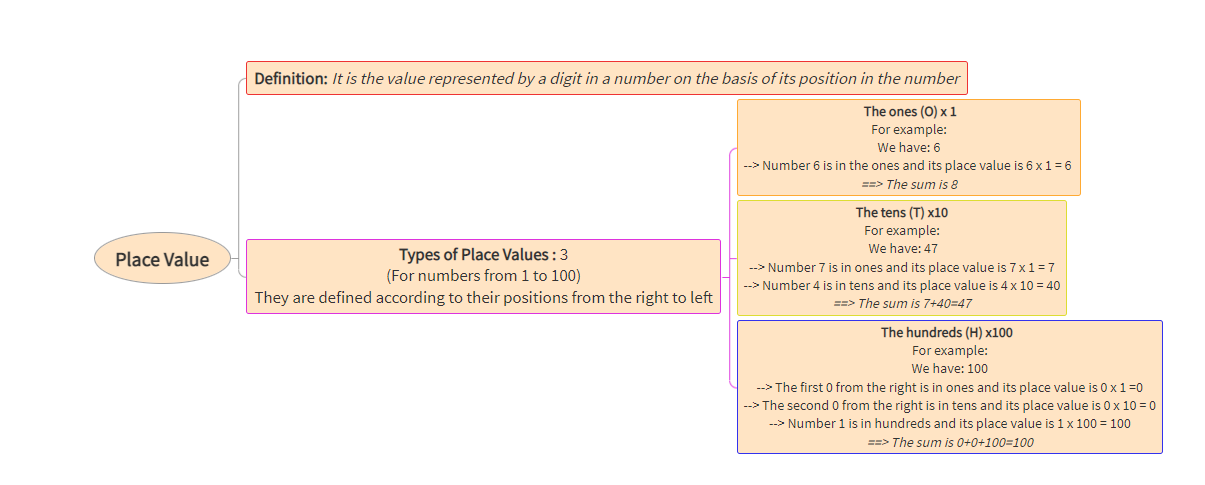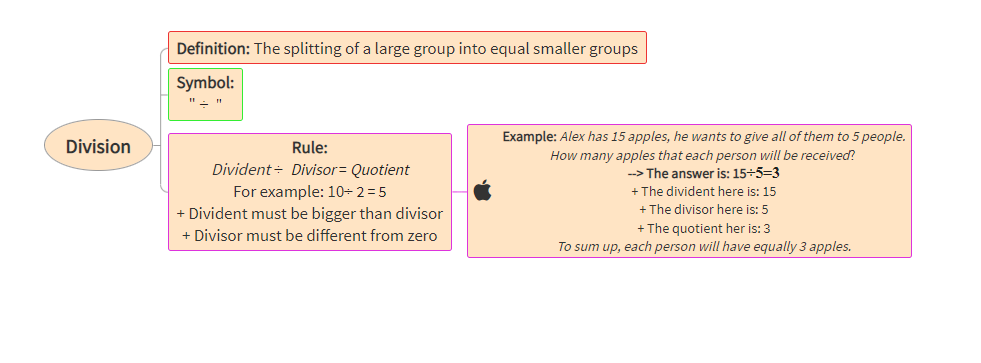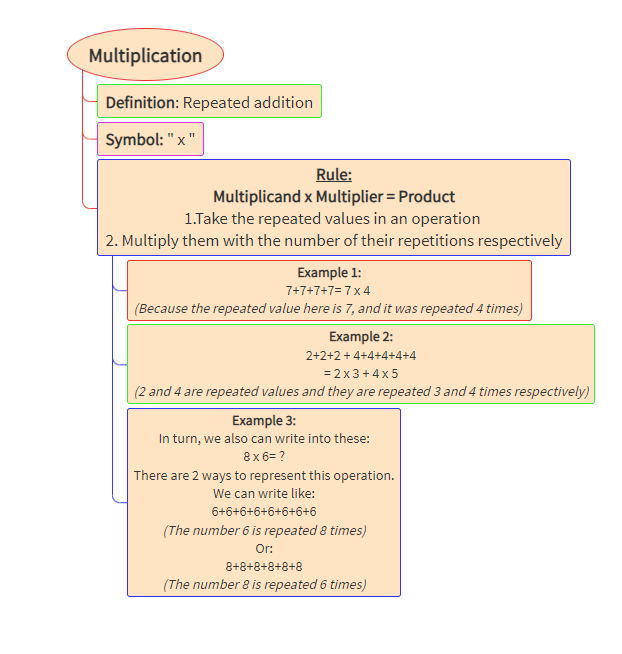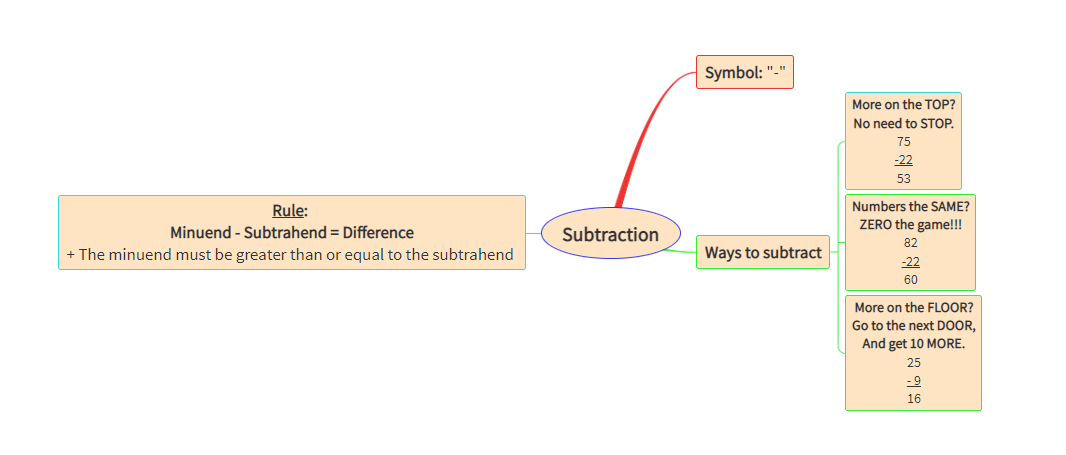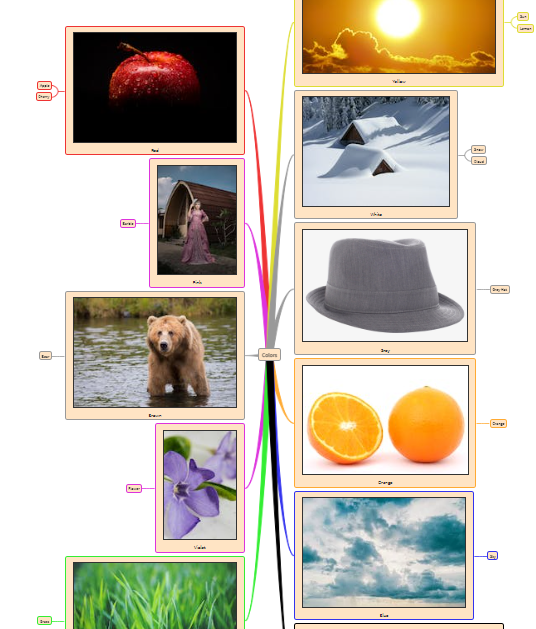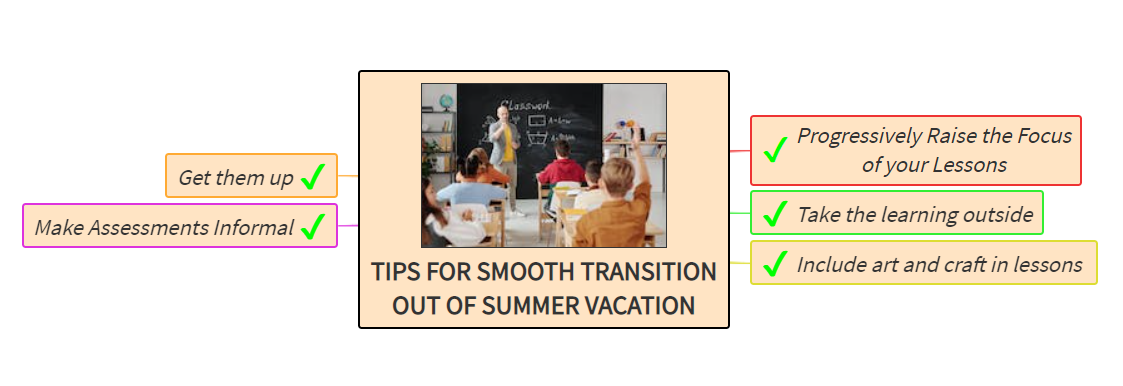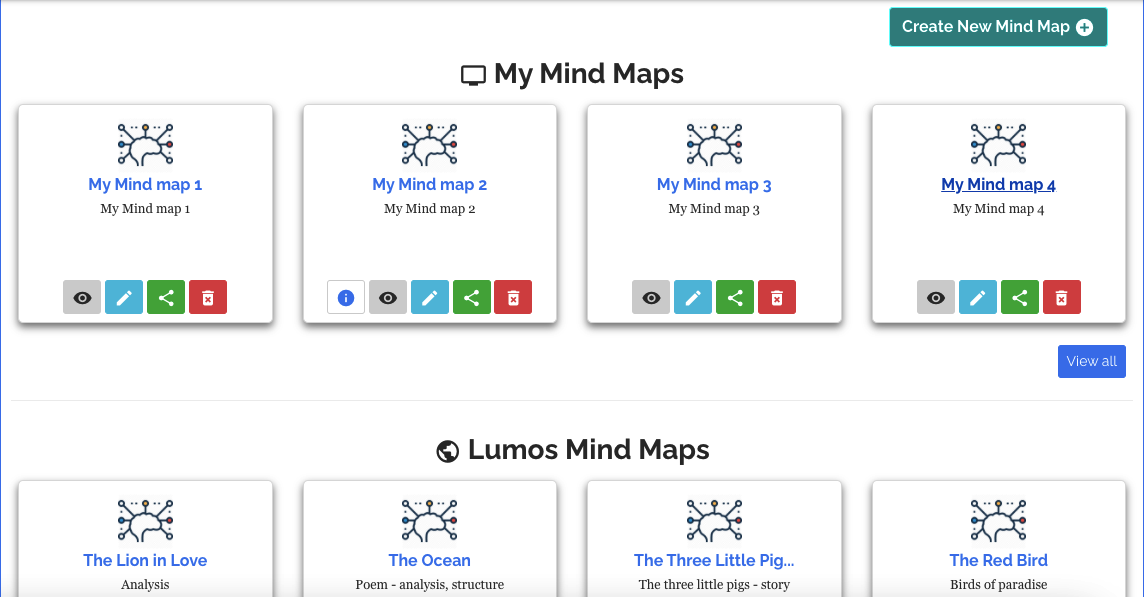Description: Parts of the respiratory system and its functions
The Respiratory System
What Happens When We Breath
- Air enters through the nose
and the mouth - The epiglottis is a flap at the
start of the throat. It closes
when we swallow to stop
food going down the Trachea - The Trachea has rings of
Cartilage to hold it open.
Each bronchus branches out
into smaller tubes called
Bronchioles - The Diaphragm is a sheet of
muscle which separates the
thoracic cavity. It is important
in breathing
- Air enters through the nose
What Happens in Cells
- The alveoli are thin walled, spongy air
sacs. Our lung tissue is made up of alveoli - Plural membranes surround the lungs.
They keep the lungs moist - Internal respiration includes: getting oxygen
to the body cells and exchanging oxygen
and carbon dioxide in the cells.
This removing carbon dioxide and waste - The heart pumps oxygenated blood
around the body in the arteries. Oxygen
is then carries by the haemoglobin in the
red blood cells - The arteries end up in a network of capillaries.
The capillaries are tiny and only one cell thick.
This makes it easy for the oxygen and nutrients
to escape through the walls - At the same time, carbon dioxide and other
waste products for example water remove from
cells to the capillaries. The blood has now
lost its oxygen - The capillaries join up with small veins called
venules. These carry deoxygenated blood to
veins. Blood returns to the heart from the veins
- The alveoli are thin walled, spongy air
Breathing and Sport
- When the body is resting, the movements
of the diaphragm alone is enough for
breathing. When we start excising,
we use our intercostal muscles to
increase the depth of breathing - In each breathe we take in about 0.5 litres
of air. When we exercise, our breathing
rate can increase to 50 times a minute
- When the body is resting, the movements
How Do We Breathe
- When breathing in: intercostal muscles
contract, lifting ribs up and out. Chest
expands. Lungs increase in size as
chest expands. The pressure falls
forcing air to rush in - When breathing out: the intercostal muscles
relax, ribs move down and in causing the
chest to get smaller. The diaphragm relaxes.
The pressure inside the lungs increases
forcing the air to rush out by the nose
and mouth
- When breathing in: intercostal muscles




















































